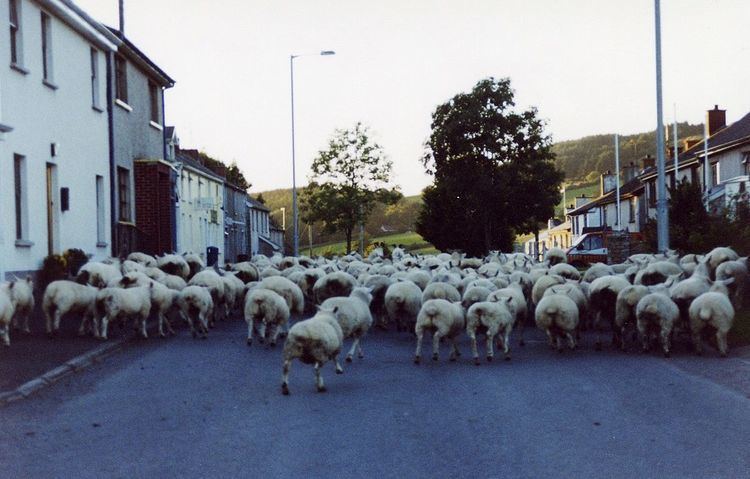Local time Wednesday 10:34 PM | Province Ulster | |
 | ||
Weather 6°C, Wind S at 14 km/h, 83% Humidity | ||
Cappagh (Irish: Ceapach (tilled or cultivated land)) is a small village, townland and civil parish in County Tyrone, Northern Ireland. It is between Pomeroy, Ballygawley, Galbally and Carrickmore, with the hamlet of Galbally about one mile to the east. Most of the land around Cappagh is farmland although a quarry lies just outside the village.
Contents
- Map of Cappagh Dungannon UK
- Places of interest
- The Troubles in Cappagh
- Notable natives
- Cappagh Townland
- References
Map of Cappagh, Dungannon, UK
There is also a small rural parish in western Limerick with the same name.
Places of interest
The Troubles in Cappagh
At least 10 people in and around Cappagh lost their lives during the Troubles, according to CAIN website. Three were members of the Provisional IRA, three were members of the RUC, two Catholic civilians, one former member of the UDR, and a Protestant civilian. The three IRA volunteers and one of the Catholic residents were killed by the Ulster Volunteer Force in a shooting outside a local bar on 3 March 1991. Another Catholic civilian had been shot and killed in the same spot in January 1974 by loyalist assailants. The rest of the victims were killed by members of the Provisional IRA.
The village, reputed as being a republican stronghold, was also the scene of another two significant events in the early 1990s. On 24 March 1990, there was a gunbattle between an IRA unit and undercover British security forces when a civilian-type vehicle driven by an undercover agent was fired on by IRA volunteers without warning, according to Archie Hamilton, then Secretary of State for Defence. Republican media claimed a SAS ambush was thwarted and at least two undercover soldiers in the car were killed. but Hamilton claimed there were no security or civilian casualties.
Another major incident, at least for its consequences, took place on 12 May 1992, when a patrol of British paratroopers was ambushed with an anti-personnel device by the IRA in Cappagh. One soldier lost both legs. The attack sparked the reaction of the paratroopers, which sealed off the nearby town of Coalisland and clashed with the local population on 12 and 17 May 1992. The RUC alleged that a light machine gun stolen during the incidents was later recovered precisely at Cappagh, as part of a weapons cache. This series of incidents led to the suspension of patrols before the official end of the battalion's deployment and to the dissmisal of the Third Brigade's commander, Brigadier Tom Longland.
Notable natives
Cappagh Townland
The townland is situated in the historic barony of Dungannon Middle and the civil parish of Pomeroy and covers an area of 464 acres.
The population of the townland declined during the 19th century:
